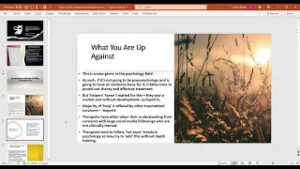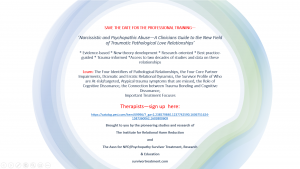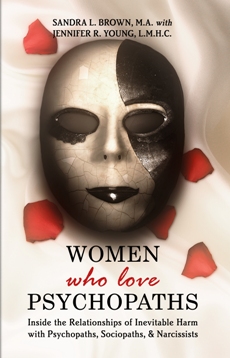![]()
Part II
By Lynn Ellyn Robinson
Ira Progoff, the original journal guru from the 1960s, recommended journaling on notebook paper. His method recommends that you insert your writing into a 3-ring binder behind one of a couple dozen of pre-made category tabs. That’s great for some kinds of journaling, especially if you’re working your way through historical events or figure out complex relationships. It also allows for cross-referencing (useful if you plan to write a memoir). For theme-based journaling (gratitude, prayer/meditation, health, travel, pets, food, etc.), I usually prefer a real book of some sort, with nice, heavy paper.
- Check out the bound journals at a book store, which can run from $2 to $150. The look and feel of each volume is different. Handle them.
- A writer pal uses bright 79¢ spiral notebooks from the drugstore; they fold back and lie flat. She uses them as a “parking lot” for random thoughts that crowd her mind when she is starting her day and needs to clear the decks so she can focus.
- Consider the composition books so many of us used in school. Their pages are still stitched in place, but the price has gone up to about $2.00. They are a nice size and easy to carry.
- I prefer the “college rule” line width, but most of the journalers I know like wider lines. I also do a lot of creative and developmental writing on graph paper. The grid lines help me segment different ideas and sort out materials, lists and sequencing.
- If you are creative and artsy or just hate being limited by margins, check out the art supplies. Nicely bound sketchbooks with unlined pages are available in a wide range of sizes and are often made with acid-free paper that lasts for a long, long time.
- Use some leftover wallpaper, wrapping paper or fabric to make a cover for your journal. Customize it to suit yourself.
Grab a pen and start your own, personal, custom-made, one-of-a-kind journal. Use the power of ink to unearth old longings and make new discoveries. Writing offers a way out of the darkness and into the sunshine. Ink is your voice. When writing to meet your own needs, something wonderful happens: YOU emerge.
In this new column, Journal to Joy, we will be talking about the many aspects of using pen and ink to write your way toward glowing good health. Using your pen to ink thoughts and feelings on the pages of a private journal can promote healing from past hurts and write yourself into a brighter future – no matter where you start. Over the coming months this column will address ways to use writing to deal with topics such as depression, anxiety, and intrusive thoughts. Journal to Joy will offer tips and techniques for handling tough issues as well as the fun of delving into your own Internal Archaeology and designing a Dream Life for yourself.
Journal to Joy is the preamble to an Online Therapeutic Journaling Group. The kick-off will be a tele-seminar followed by an intensive Journaling Retreat later on, so be sure to check here for the details. You won’t want to miss the interactive sessions or the opportunity to take a break from your everyday life and do some focused, internal work.
Many who have come through a long, dark tunnel have often asked for instruction and support in telling their own, unique stories. In response, Journal to Joy will address ways to get started on your Personal Life History or Memoir. There are many different approaches, so we will look at several of the main formats and offer suggestions about tailoring the approach to suit your needs and ideas.
Journal to Joy will investigate different types of writing and journals. Many years ago a friend proudly showed me the “diary” his pioneer great-great-grandmother had kept while homesteading out west in the 1800s. Her daily entries faithfully recorded weather conditions and who was born, died, or married, but very little else. By contrast, structured journaling is a powerful tool that is much more than just a list or diary of activities. Disciplined writing is highly effective when sifting through a barrage of thoughts which threaten to overwhelm.
Many people have never thought of themselves as writers. Far too many among us endured humiliating experiences in school or had our early efforts critiqued by well-meaning family members. Even more of us agonized silently over spelling, grammar and punctuation. My own grandmother, a teacher, sent my childhood letters back to me all marked up with blue pencil corrections. Believe me; I know whereof I speak. Despite all that unpleasantness, there is good news. Fast forward to this very day – right where you are at this very moment.
Here’s the good news: Your journal does not care how you write.
It makes no difference to the page whether you know the rules. Handwriting and spelling are never graded. You can doodle if it suits your mood; use colored markers or crayons. Draw pictures and glue in cut-outs from magazines. Pen words around the pictures and ink in pretty loops and spiky angles. Scribe your feelings in words using colors and shapes. Decorate your pages. Your journal is yours and yours alone. In it, like nowhere else in your life, you can express yourself ANY WAY YOU WANT! Say anything you like – laugh, cry, scream, swear, or whisper. It is YOUR voice – the voice always inside of you, but maybe rarely used. Now is the time for YOUR voice to be heard and your journal is the place for it to speak.
It’s never too late to live a life you love.






